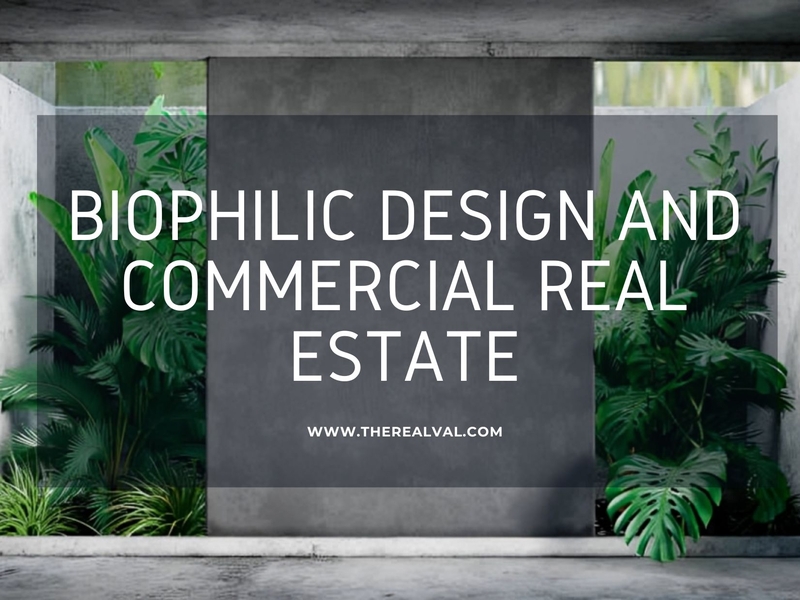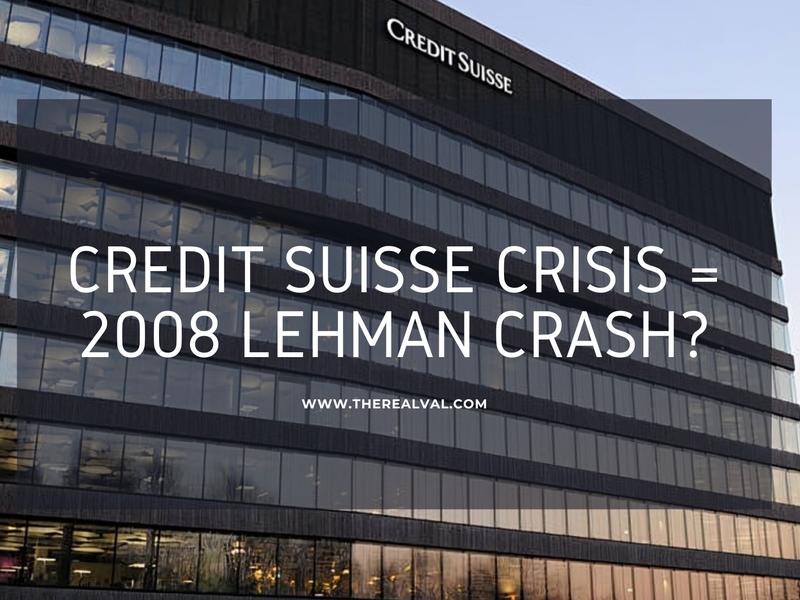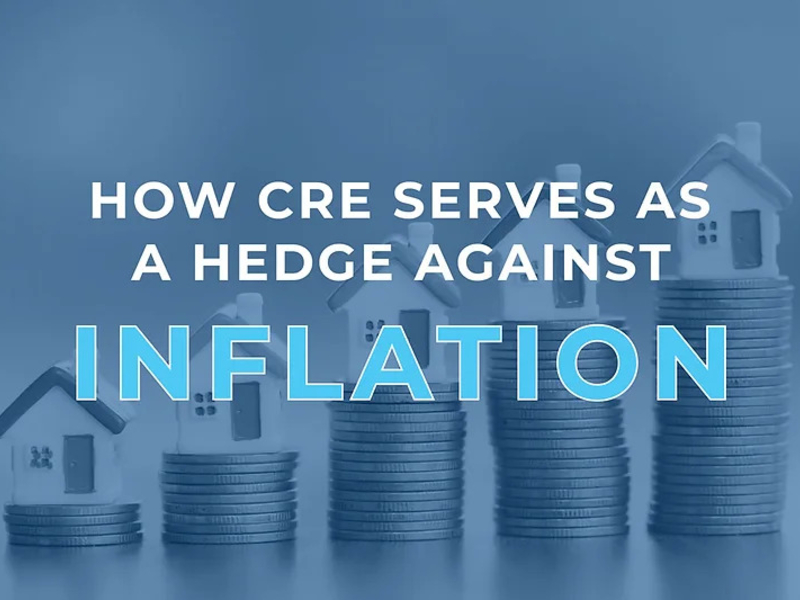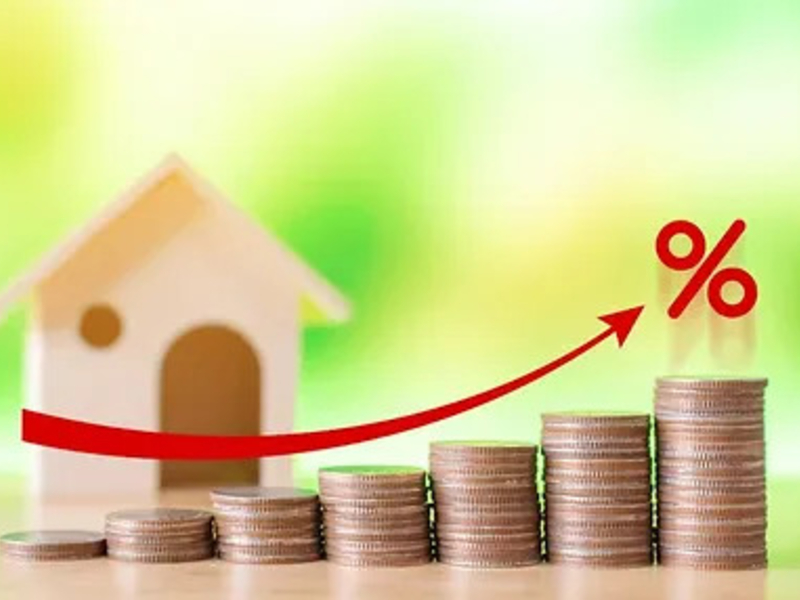Biophilic design, driven by our innate connection to nature, is reshaping commercial real estate by seamlessly blending natural elements into built environments. Beyond enhancing aesthetics, this approach delivers tangible ROI for property owners. Features like living walls and natural lighting are revolutionizing spaces- boosting property values, improving tenant satisfaction, and increasing energy efficiency.
What Is Biophilic Design?
Biophilia, a concept popularized by biologist E.O. Wilson, describes humanity’s deep-rooted connection to nature. Biophilic design brings this idea to life in architecture and interior design by integrating natural elements, patterns, and processes into built environments.
Key Components of Biophilic Design:
- Direct Experiences of Nature: Living walls, indoor plants, water features, and abundant natural light.
- Indirect References to Nature: Organic materials, earth-toned colours, biomorphic shapes, and natural patterns.
- Spatial Experiences: Open layouts, varied ceiling heights, and seamless indoor-outdoor transitions.
Living Walls: A Key Biophilic Feature
Living walls (vertical gardens seamlessly integrated into building interiors or exteriors) are among the most impactful elements of biophilic design. These lush, plant-covered walls offer a range of benefits:
- Aesthetic Appeal: Living walls serve as visually striking focal points, enhancing a property's marketability and curb appeal.
- Improved Air Quality: Acting as natural biofilters, plants in living walls help remove pollutants, improving indoor air quality.
- Energy Efficiency: Living walls contribute to thermal regulation, helping maintain indoor temperatures and reducing energy consumption.
The Economic Advantages of Biophilic Design
Higher Property Values
Biophilic design isn’t just an aesthetic trend- it’s a proven value driver. Studies show that commercial properties incorporating significant biophilic elements can achieve 7-8% higher valuations than conventional buildings in the same market.
According to the World Green Building Council, buildings with strong natural design elements can command rental and sales premiums of 4-7%, particularly in urban areas where access to green spaces is limited.
Higher Rental Rates-
Tenants are willing to pay more for spaces that enhance well-being and productivity:
- Office spaces featuring living walls or indoor gardens command rental premiums of 5-10% over standard office spaces.
- A CBRE study found that 73% of tenants would pay more per square foot for offices with abundant natural light and improved ventilation.
- Retail spaces with biophilic elements achieve 12% higher rental rates compared to conventional stores.
Lower Vacancy Rates & Faster Leasing-
Biophilic commercial properties not only secure higher rents but also maintain stronger occupancy rates:
- A JLL market analysis (2022) found that biophilic office buildings experience 16% less tenant turnover than traditional spaces.
- During economic downturns, properties with natural elements maintain 14% higher occupancy levels than conventional buildings.
- The average leasing cycle for biophilic spaces is 3.5 weeks shorter than that of traditional office spaces.
Stronger Tenant Attraction & Retention-
With corporate sustainability and employee well-being taking centre stage, biophilic design is a magnet for premium tenants:
- 87% of corporate tenants consider natural design elements "important" or "very important" when selecting office space.
- Workspaces with biophilic features encourage longer lease commitments, with lease terms averaging 14% longer than in conventional spaces.
- Companies report 19% higher employee satisfaction in biophilic offices, leading to lower staff turnover and cost savings.
Case Studies-
- Kickstarter Commercial Headquarters in Brooklyn, NY: It integrates biophilic design through features such as living walls and extensive daylighting. These elements create a dynamic and visually engaging workspace that enhances employee well-being and productivity. Additionally, the greenery contributes to improved air quality, fostering a healthier indoor environment. (Terrapin Bright Green Case Studies)
- Windhover Contemplative Centre at Stanford University: It is designed to maximize natural light and provide serene views of the surrounding landscape. This thoughtful integration of biophilic elements encourages contemplation and a deep connection to nature, promoting mental well-being and spiritual enrichment for its visitors. (Terrapin Bright Green Case Studies)
- Greenacre Park in New York City: It serves as a peaceful retreat amid Manhattan’s bustling streets. With its lush greenery and calming waterfall, this urban oasis provides a much-needed escape for city dwellers. The park enhances mental health, encourages relaxation, and strengthens community engagement by offering a tranquil gathering space. (Terrapin Bright Green Case Studies)
- The High Line in New York City: It is a prime example of urban revitalization through biophilic design. Built on a former rail line, this elevated park offers extensive green spaces alongside panoramic city views. It has significantly increased property values in the surrounding area, improved the urban landscape, and fostered stronger community interaction. (Urban Design Lab Case Studies)
- Paley Park in New York: It provides a natural sanctuary within the dense urban environment. Featuring a cascading waterfall and lush vegetation, the park offers visitors a peaceful setting for relaxation and social interaction. Its biophilic design elements help mitigate the stress of city life, making it a popular spot for both residents and tourists. (Terrapin Bright Green Case Studies)
- 641 Avenue of the Americas in New York: It incorporates natural elements and daylighting to elevate the office experience. This biophilic approach has led to improved tenant satisfaction and increased productivity, demonstrating the positive impact of nature-inspired design in commercial workspaces. (Terrapin Bright Green Case Studies)
ROI Timeline for Biophilic Investments
Understanding the payback period for biophilic investments is essential for property owners looking to maximize returns.
- Short-Term Returns (1-2 years): Immediate benefits include improved marketability, stronger tenant attraction, and initial rental premiums.
- Medium-Term Returns (3-5 years): Properties see reduced tenant turnover, lower vacancy rates, and significant energy cost savings.
- Long-Term Returns (5+ years): Over time, biophilic design leads to property value appreciation, extended building lifecycles, and reduced renovation needs.
Implementation Strategies for Maximum ROI
Phased Approach-
Rather than implementing a complete biophilic transformation at once, property owners can strategically phase investments for maximum financial impact:
- Phase 1: High-visibility, low-cost elements such as lobby plantings and natural materials in common areas.
- Phase 2: Operational efficiency enhancements like improved natural lighting and passive ventilation systems.
- Phase 3: High-impact biophilic features, including living walls, water features, and extensive interior landscaping.
Strategic Placement
The location of biophilic elements plays a crucial role in their ROI potential:
- Prime visibility areas: Lobbies, reception areas, and atriums offer the best visibility-to-cost ratio for living walls.
- Tenant interaction points: Elevator banks, corridors, and shared spaces enhance user experience and retention.
- Exterior visibility: Green façades and landscaping boost curb appeal, reinforcing brand identity and marketability.
Technology Integration
Smart building technologies can amplify the efficiency and financial returns of biophilic investments:
- Automated irrigation systems reduce maintenance costs for living walls by up to 40%.
- Smart lighting systems that adjust to natural light patterns can cut energy costs by 15-25%.
- Environmental monitoring systems showcase air quality improvements, providing a marketing edge and tenant engagement benefits.
Market-Specific ROI Variations-
Urban-Dense Markets-
In high-density cities like New York, London, and Tokyo, where green spaces are limited, biophilic features command the highest premiums:
- Rental premiums of 8-15% for buildings with strong biophilic elements.
- Vacancy rate reductions of up to 24%, enhancing long-term occupancy stability.
- Tenant retention improvements of 22-31%, reducing turnover costs.
Suburban Markets-
In suburban areas where access to nature is more common, biophilic design serves as a key differentiator:
- Rental premiums of 3-7%, adding a competitive edge.
- Marketing timeline reductions of 15-22%, accelerating lease-ups.
- Stronger appeal to corporate tenants relocating from urban centres.
Emerging Markets-
- In fast-growing real estate markets, biophilic features offer a powerful competitive advantage:
- 18% higher valuations for Class A properties incorporating biophilic elements.
- Enhanced appeal for multinational tenants prioritizing sustainability.
- 25-35% faster lease-up rates for new developments integrating biophilic design.
Future Trends Impacting Biophilic ROI-
- ESG Reporting Requirements: With ESG reporting becoming a corporate priority, demand for biophilic buildings is on the rise. Features that enhance sustainability, employee wellness, and community impact will continue commanding premium rents and valuations.
- Health Certification Systems: The increasing adoption of WELL, Fitwel, and other health-focused certifications is driving demand for biophilic design. Properties meeting these standards achieve rental premiums of 4.4-7.7% over non-certified competitors.
- Post-Pandemic Workplace Expectations: The COVID-19 pandemic permanently reshaped workplace design expectations. Companies now prioritize spaces with natural light, improved air quality, and biophilic elements to attract talent and enhance employee well-being. This shift makes biophilic properties highly desirable for corporate tenants.
The business case for biophilic design has moved beyond theory as real estate investors and property owners are experiencing measurable financial returns. From higher property values and rental premiums to improved tenant retention and energy savings, biophilic elements provide a strategic economic advantage.
As demand for healthier, sustainable, and experience-driven spaces continues to rise, the ROI gap between biophilic and conventional properties is expected to widen. For forward-thinking developers, biophilic design isn’t just an aesthetic choice, but also a smart investment strategy that enhances competitiveness and long-term asset value.
Trending





